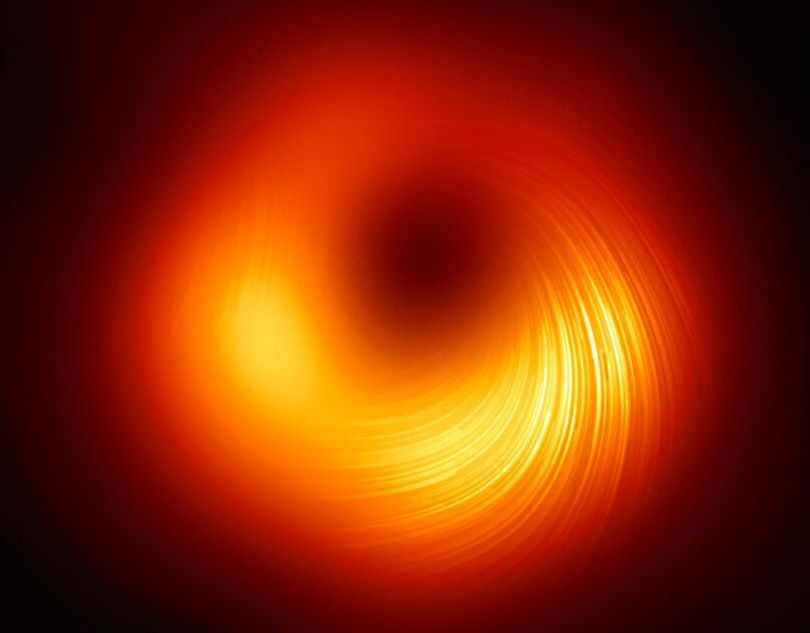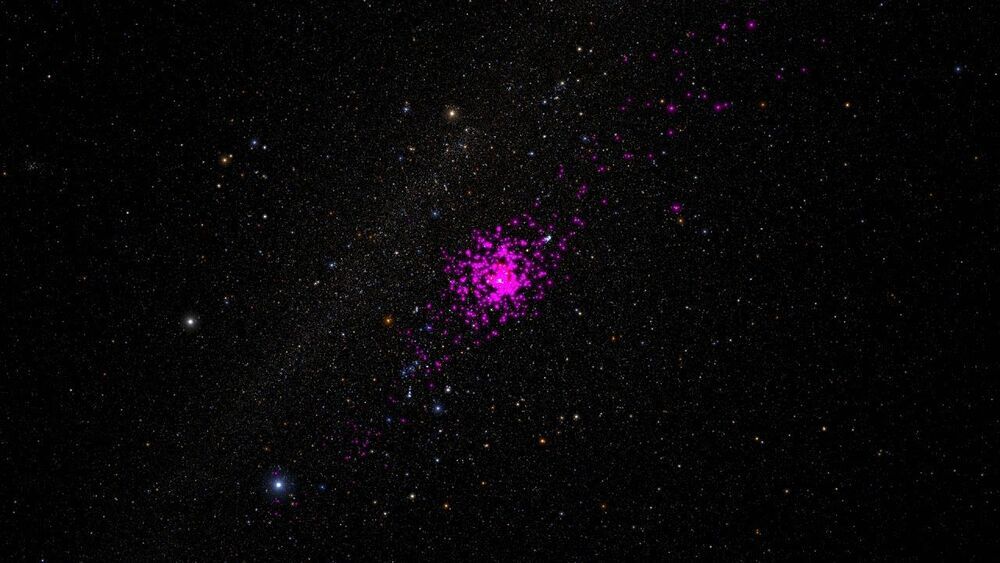The story of particle mass starts right after the big bang. During the very first moments of the universe, almost all particles were massless, traveling at the speed of light in a very hot “primordial soup.” At some point during this period, the Higgs field turned on, permeating the universe and giving mass to the elementary particles.
The Higgs field changed the environment when it was turned on, altering the way that particles behave. Some of the most common metaphors compare the Higgs field to a vat of molasses or thick syrup, which slows some particles as they travel through.
Others have envisioned the Higgs field as a crowd at a party or a horde of paparazzi. As famous scientists or A-list celebrities pass through, people surround them, slowing them down, but less-known faces travel through the crowds unnoticed. In these cases, popularity is synonymous with mass—the more popular you are, the more you will interact with the crowd, and the more “massive” you will be.









